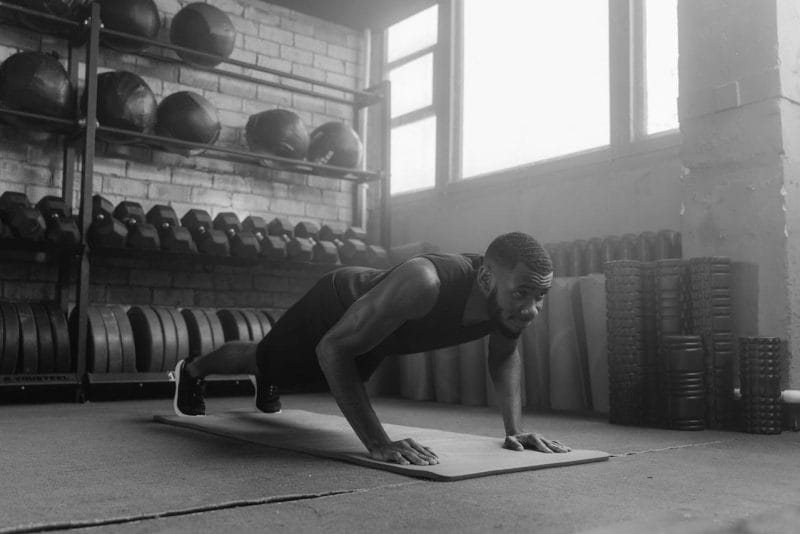When it comes to weight loss, it’s important to understand that it’s not just about cutting calories or working out more. It’s about creating a sustainable plan that takes into account all aspects of your lifestyle, including your basal metabolic rate (BMR) and your exercise routine.
Let’s take a look at Jane Doe as an example. She’s 51 years old, weighs 130 lbs, and has a body fat percentage of 37.5%, which is considered unhealthy. Her BMR is 1170, which means that her body burns 1170 calories per day just to stay alive. In order to lose 5 lbs of fat over the next 10 weeks, she needs to create a weekly deficit of 1700 calories.
Jane is relatively active and burns 150 calories per day through non-exercise activity. She also works out four days a week for an hour, burning about 200 calories per workout. This gives her a weekly caloric burn of 1850, which means she can consume 1320 calories per day in order to maintain her weight loss goal.
This isn’t much food but she’s committed and sticks to the plan. The scale shows progress the first 3 weeks.
Then she starts getting tired in the middle of the day. Because she’s in a caloric deficit she unconsciously less active and burning less calories through non exercise activity.
She jumps on the scale on week 4 and she’s up a lb from last week.
Then she gets a text message from a friend about going out for Mexican food that evening. She agrees, gets two margaritas, chips and queso, and a quesadilla, all about 2000 calories.
She steps back on the scale on two days later and she’s l actually a pound heavier from when she started this whole thing!
This is a reality for many people. It’s not that they can’t technically lose weight/fat, it’s that they can’t practically lose weight/fat because both their BMR and their output ability are too low.
They’re stuck in a situation in which their ability to consume calories grossly outweighs their ability to burn calories.
This doesn’t mean they eat terribly all the time, they just do not have enough of a caloric budget to afford any slip ups which makes success virtually impossible.
So, what should they do? They should focus their goals towards two options: gaining muscle and increasing fitness. I’ll explain why and how next time.


